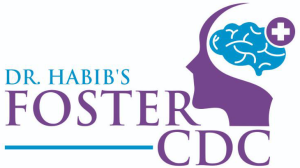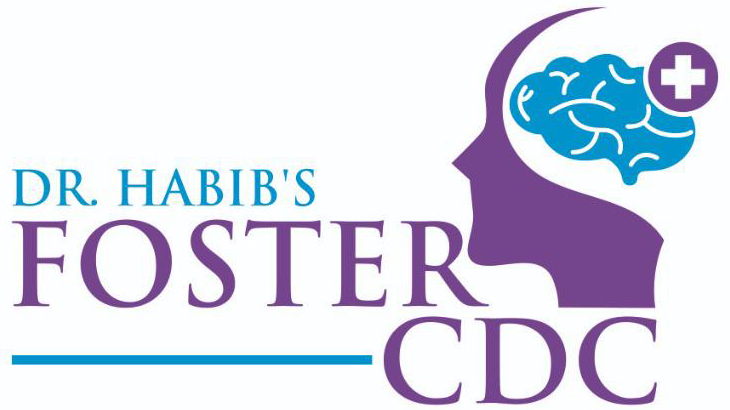Occasional forgetfulness, fidgety, daydreaming, and impulsiveness to do some tasks like homework is normal for children. But hyperactivity, inattentiveness and impulsivity are the signs of attention deficit hyperactivity disorder. It is also known as ADD or attention deficit disorder.
It is one of the common neurodevelopmental disorder that manifests during early childhood. This disorder affects spontaneous responses of children including movement, attentiveness to speech. Hyperactive children cannot sit idle or still and never seem to listen and follow instructions – and therefore, they are labelled as indiscipline, lazy and troublemakers.
ADHD symptoms typically manifest in children aged around 4 to 12 years – the symptoms include hyperactivity, inattention, impulsivity, interruption and intruding others; trouble playing quietly, fidgety and squirming, restlessness, talking excessively, moving in constant motion, distractibility, and inability to finish tasks on time.
The symptoms of ADHD are classified as follows:
Inattentive type: Children are mostly inactive or not overly active. Therefore, they do not disturb other children. In the majority of the cases, the symptoms go unnoticed. I was formerly known as ADD (attention deficit disorder).
Impulsive or Hyperactive type: Children in this category show both impulsive and hyperactive behaviour, but their attention span is good as they pay attention most of the time.
Hyperactive or impulsive and inattentive type or Combined Type: In this type or category both the types of symptoms manifest in children and this is the commonest form of ADHD in children.
Sometimes, the symptoms that are similar to ADHD may be due to factors that are different from ADHD – such as anxiety, depression, bipolar disorder, disorders affecting brain function, seizures or a sudden untoward incident in the family such as the death of near and dear ones.
Children with ADHD kind of disorder are often labelled as out-of-control kids who are constantly in motion disturbing everyone around them and bouncing off surfaces and objects. But the problem, in reality, is much more complex than expected. The reason being symptoms may vary from child to child – as some children sit quietly for hours without having attention while others are quite hyperactive; some put extreme focus and immensely grossed themselves in the given task while others have trouble focusing on a task; some children find it difficult to focus their task on something else – while Others are only mildly inattentive, but overly impulsive.
Bottom Line
Sometimes you may not know whether the symptoms of your child are due to ADHD or something else; therefore, you must consult a paediatric neurologist to rule out the hidden cause. For a specialist doctor, diagnosis of ADHD involves gathering information from different sources including your child’s school, home – and the complete process may take several steps.
Learn more about ADHD here:
https://www.youtube.com/watch?v=RMaCE5RT54c


